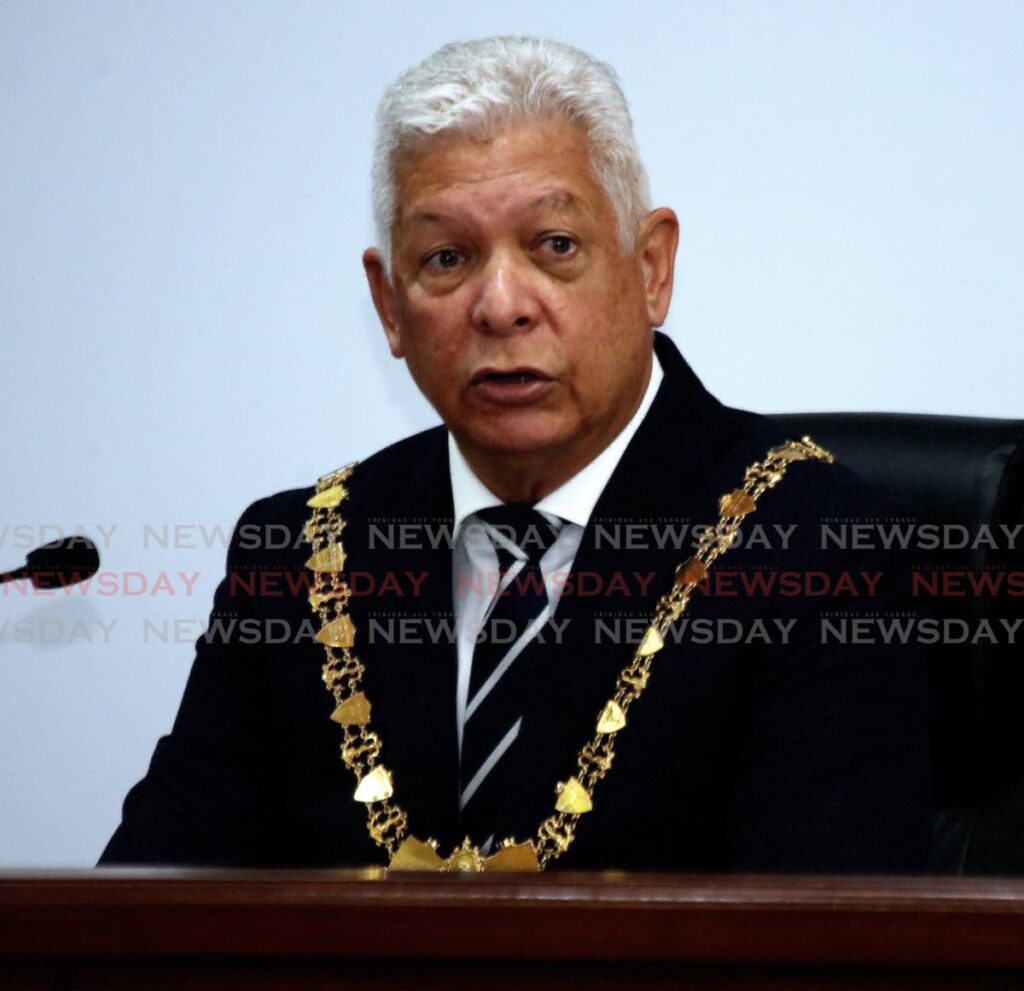Capital still work in progress

WITH THE rainy season has come the perennial concern over the state of the country’s drainage infrastructure, particularly as it relates to the capital city.
This newspaper’s ongoing series on the status of Government’s Port of Spain revitalisation plan has shown how the current approach to infrastructural issues (and more) in the city seems too piecemeal and unfocused.
The plan the Prime Minister announced in 2020 included a series of projects, among them constructing housing and developing City Gate. Progress has been slow, even if the Government insists headway is being made.
In the interim, stakeholders say key issues remain to be addressed. These include the longstanding drainage issues, but also extend to other tangible and intangible aspects of the lived environment.
“We are not sure that a city which is unsafe during the day could be considered safe at night,” said the Downtown Owners and Merchants Association. “Other issues related to homelessness, cleanliness, surface flooding, uncontrolled street vending, burglaries and assault must be resolved during the day for residential prospects to be viable at night.”
Chartered surveyor Afra Raymond pointed out efforts to bolster housing have focused on high-income groups, when what is needed is high-density, affordable accommodation to increase the number of working people.
Mayor Joel Martinez, meanwhile, has an eclectic (one might say random, or even wild) range of initiatives in mind. These include a monument at Ariapita Avenue, mixed-use developments for the Salvatori site at Independence Square, an inner-city tram, repaving and widening Wrightson Road and relocating the prison. (What about first finishing the initiatives started and stopped, such as the shelter for the displaced at Riverside Plaza, and the fountain in Woodford Square? Though thankfully the Prime Minister stepped in to squash what he rightly called the silly notion of astroturfing Nelson Mandela Park.)
Every little bit counts, but we can discern from none of this a sense of a coherent plan based on data and statistics.
For instance, the much-needed decentralisation of government services and the apparently reversed movement of ministries out of the city centre are key considerations in gauging how land should be used and what types of usage should be approved to attract both residents and non-residents alike, whether by day or at night.
There are also dynamics relating to the evolution of central business districts and the role of the local business sector, or the shoppers who increasingly prefer out-of-town malls.
We fully support any effort to renew the capital city. On a basic level, this is about national pride. But there are also sound economic and social reasons why the rot must be stopped.
Restoration of some heritage sites has breathed new life into the city.
But the question is whether the current scattershot approach, which two years later feels like a work not yet in progress, will do the trick.


Comments
"Capital still work in progress"